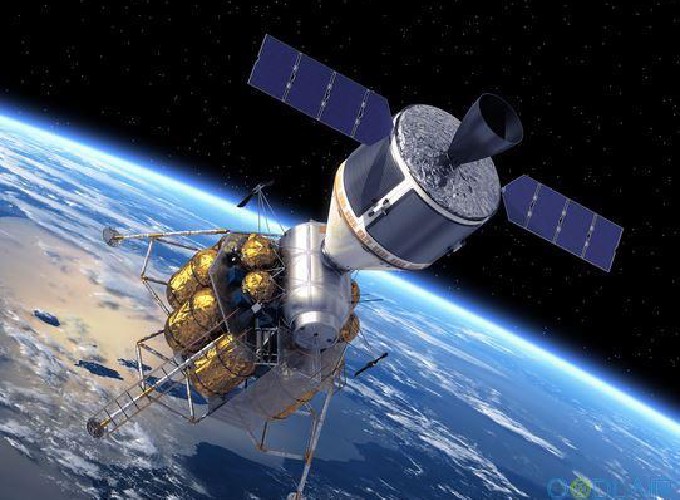Abstract
Remote sensing technology is a powerful technical way and an important source of information to study the environment and the geology of the Earth. Remote sensing images can objectively and truly record and reflect the intensity of electromagnetic radiation of surface objects, which are significant manifestations for information obtained by remote sensing detection. And remote sensing image classification plays an significant role in remote sensing image processing. This paper is carried out on the basis of deep learning methods for remote sensing image classification. The specific research content can be divided into the following three parts: (1) For aerial scene classification, this paper introduces the classification methods based various deep neural networks, and compares the advantages and disadvantages of various networks on UMCL dataset. The experimental results illustrate that the classification accuracy based on GoogleNet is the highest. In order to improve the accuracy, we also use Fine-Tuning to test on UMCL dataset. (2) For hyperspectral remote sensing image classification, this paper introduces joint spectral-spatial classification and validates the feasibility of the method on Pavia dataset and Indian Pines dataset. The experimental results show that the method retains the shape and detail of some objects, while simultaneously eliminating noisy scattered points of misclassification. (3) For large-scale and high-spatial resolution remote sensing image classification, this paper introduces two classification methods: Scene Classification based on Image Tiles and Geographic Object-Based Image Analysis(GEOBIA) based on Multiresolution Segmentation algorithm. By testing on a large-scale and high-spatial resolution remote sensing image over Guangzhou obtained by GF2 satellite, PMS1 sensor on January 23, 2015, the experimental results demonstrate that the former has the advantage in classification speed while the latter has a higher classification accuracy.

